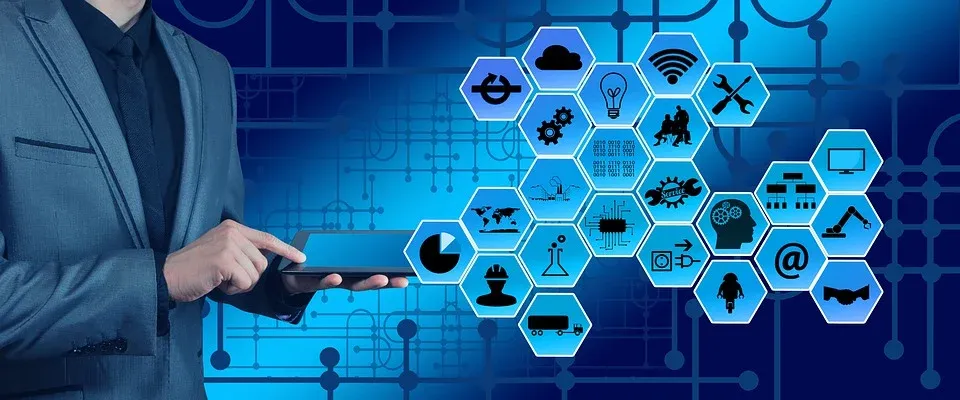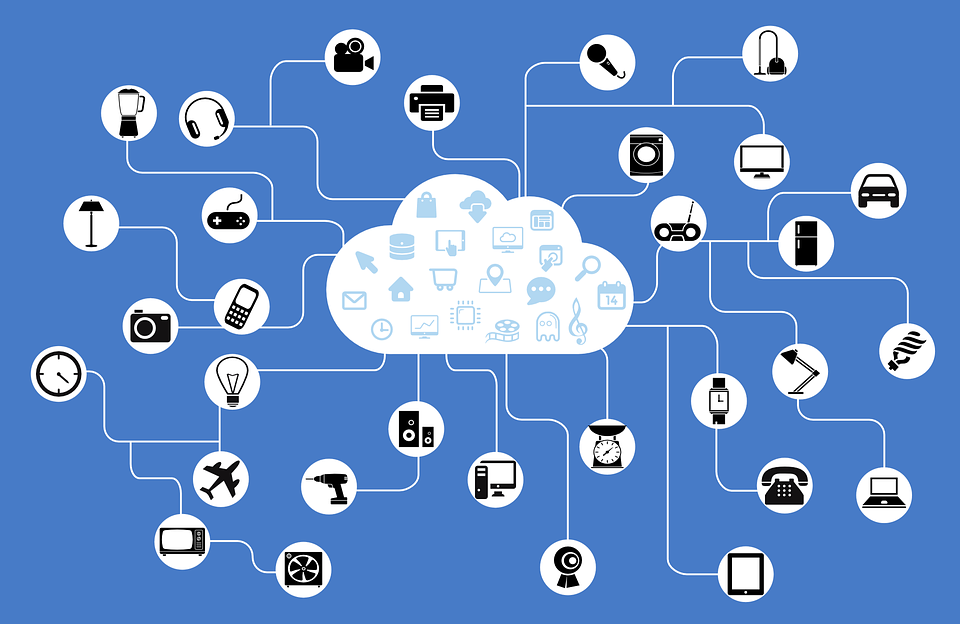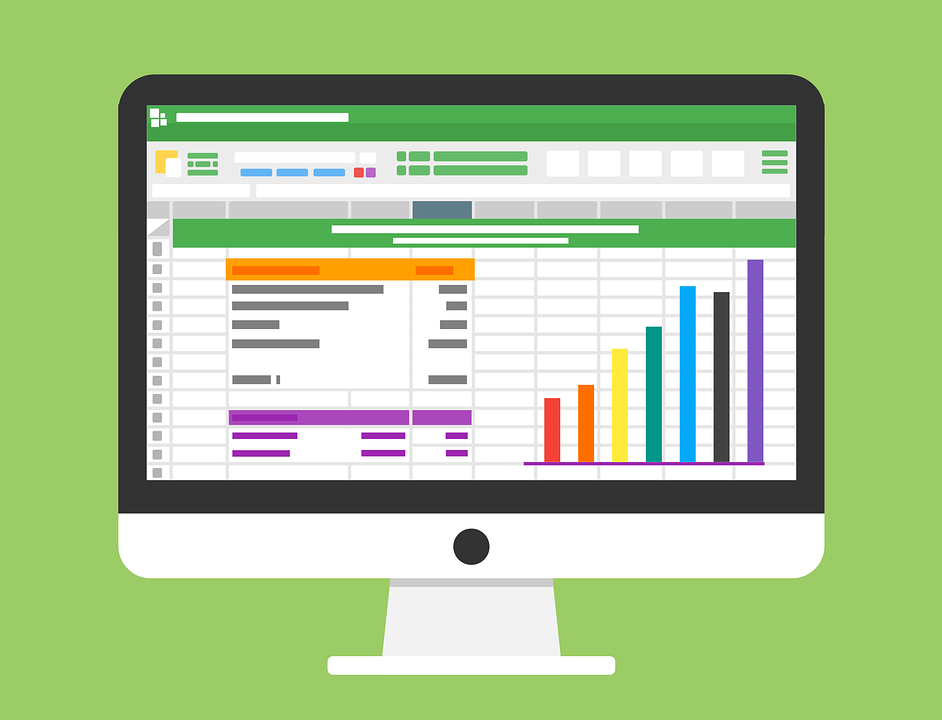Tech Mahindra launches a sports cloud platform built on AWS to provide an immersive fan experience globally
SOURCE: HTTPS://WWW.MAHINDRA.COM/
NOV 27, 2023
IoT vs Edge: Similarities and Differences
SOURCE: TECHGENIX.COM
APR 05, 2022

Almost everywhere I look on the internet today, I see the terms Internet of Things and Edge Computing. At first glance, these terms seem synonymous because they’re often deployed in the same infrastructure. If you look closely, though, you’ll realize they’re worlds apart.
IoT and Edge both represent a paradigm shift in data gathering and analysis. These technologies also convert items you use daily into ‘smart’ devices. In turn, clocks, watches, and other home appliances are able to transmit data to another device/storage. Undoubtedly, this multi-device connection opens a world of opportunities.
While IoT and Edge have similar eventual outcomes, they’re very different. To understand their differences, we’ll need to take a closer look at each technology on its own.
The Internet of Things (IoT) is an ecosystem of interconnected objects. This ecosystem consists of physical, digital, mechanical, electrical, and computing devices. Each of these devices have Unique Identifiers (UIDs), and through them, the devices communicate with each other on a connected network. The highlight? These interactions don’t need human intervention.

IoT: A Connected World.
Let’s go over the IoT with 3 examples.
Home automation is a key IoT application. You can connect your everyday gadgets like thermostats, fans, and lights to the IoT ecosystem. This enables you to turn them ON/OFF from a distance.
Let’s say I want to have my house warm and lit for when I come back from work. As I get into my car to drive back, I can use the IoT app to turn On my thermostat and lights. By the time I reach my house, it’ll be warm and welcoming. At the same time, I also save on energy costs.
Factories use IoT for automating many tasks. Primarily, they use Industrial IoT (IIoT) to control devices and get key performance metrics from them. Smart factories also leverage IoT to automate tasks in a manufacturing pipeline. None of these tasks require any human intervention, either.
Supply chain managers use IoT devices to track item locations in real-time. Based on the information managers gather, they use smart routing algorithms for faster delivery. IoT is also ideal for gathering after-incident facts. That enables managers to make smart decisions accordingly.
The examples can go on and on, but I’m sure I’ve given you a clear idea of how common and useful the IoT is. Moving on, let’s talk about what edge computing is.
Edge computing is an architecture that handles computing closer to the data source. This means data is analyzed right at the collection point. Often, the same computing device gathers and analyzes data, so the results are quick and seamless.
The edge computing’s biggest advantage is the real-time control you get over important processes. Edge computing also supports decentralized data storage and processing. This also eliminates bandwidth limitations and network disruptions that are detrimental to critical business decisions.

Edge computing: Get Instant Analytics!
As with IoT, let’s go over a few edge computing examples to understand the practical applications. Again, here are 3.
Many factories use edge computing to gather real-time analytics about manufacturing processes. Using this information, they pinpoint production errors quickly and efficiently. In turn, this also improves product quality.
Edge computing gathers and analyzes information about crop growth, available sunlight, soil quality, pesticide impact, and more. Farmers can use this data to make real-time improvements to their operations. For example, they can reduce watering frequency on humid and rainy days, adjust their harvesting time, etc.
Autonomous vehicles require continuous data collection on location, road conditions, speed, etc. Edge computing analyzes all this critical data. It, then, makes real-time decisions to assist the vehicle with navigation.
These are just some of the edge computing applications. As you can see, edge computing can appear similar to the IoT, but it’s not the same. To understand better, let’s compare and contrast the two technologies. First, I’ll go over what they have in common.
IoT and edge computing are cutting-edge technologies, changing almost every facet of work and life. Let’s take a look at 3 similarities between the two:
IoT and edge devices use sensors to gather information. They use this information for further processing.
IoT and edge are advanced technologies that have a far-reaching impact on operations across all business spheres.
IoT and edge are based on data gathering and analytics, though the finer details on how they do that can vary.
Both ecosystem may share many similarities, but they’re completely different technologies for different purposes. Let’s now go over 3 key differences.
IoT applications must be internet-enabled. Most IoT devices also have sensors for transmitting and receiving information. Yet, this is optional in edge computing devices, especially if they’re focused more on analytics than data gathering. Lastly, IoT devices have a specific function, while edge computing devices are normal computers that can handle data analytics.
IoT software doesn’t have an operating system. That means it doesn’t require the memory management hardware associated with operating systems. In turn, IoT devices can efficiently use the processor to perform razor-specific functions. IoT software has fewer chances for vulnerabilities and cyberattacks. On the flip side, though, IoT software is hard to update, and any issues/bugs can make the IoT device unusable.
Edge computers, on the other hand, are PCs with operating systems, memory management, and processors. They may not use the processing power efficiently and are prone to attacks. Still, you can update these devices and use them for many functions.
The data processing location is a key difference between the two technologies. In edge computing, it happens locally. In IoT, the data goes over the internet to cloud storage. That means IoT facilitates centralized storage and processing, but edge decentralizes these processes.
Sounds like a lot? Don’t worry, I’ve neatly captured the differences in this table.
| Features | IoT | Edge |
| Internet-enabled | Must | Not required |
| Specific functions only | Yes | No |
| Vulnerable to cyberattacks | Highly unlikely | Possible |
| Software updates | Almost impossible | Easy |
| Multi-purpose use | No | Yes |
| Resource efficiency | High | Moderate, depending on the functions for which the device is used. |
| Data processing | Cloud | Local |
| Storage and processing | Centralized | Decentralized |
From this table, you can see just how similar yet vastly different IoT and edge are in their implementation. This is also why they do different things within the technology space.
Since their roles are so distinct, you can also combine them in many ways to leverage both their benefits. Let’s talk a bit about what the IoT-edge combination looks like and how it helps.
IoT Edge, as the name implies, combines the IoT and edge computing technologies for greater benefits. In this combination, the IoT device comprehensively collects all the relevant information from an object. Instead of sending it to a central cloud server, the IoT device sends the info to a local edge device. In turn, this edge device analyzes the data and gives instant results.
This way combines the IoT device’s capabilities with edge computing’s analytics. That provides detailed insights in real-time. It also avoids issues, like IoT’s latency and bandwidth problems and edge’s relatively slower data collection speed.
IoT and edge computing are powerful technologies that can save individuals and businesses tons of time and effort. You can also use IoT and edge computing together to achieve different objectives within the same infrastructure.
Although they appear to be the same, IoT and edge are very different in their functions. That said, some companies even combine them to achieve specific goals. In these systems, IoT devices gather data and edge devices process them at the source to provide quick and detailed insights for businesses.
Do you want to know more about the IoT and edge computing? Check out the FAQ and Resources sections below!
Get the Latest TechGenix Tech News Here
Yes, both technologies gather and process data. They use sensors for gathering data and providing detailed insights for business. Yet, they aren’t identical and serve different functions within the same infrastructure.
No. Traditional IoT devices perform only specific functions, like gathering data or executing a command. Conversely, edge devices gather and process data in the same device. Edge devices are also regular computers with data handling and analytics tools. On the other hand, IoT devices can perform only a single function, often using a single thread. Even if the device uses multiple threads, the context is still single.
Yes, companies today combine edge computing and IoT to leverage the benefits of both. When you set them up together in the same infrastructure, IoT gathers data and sends it to edge devices. In turn, edge devices analyze the data and provide the results in real-time.
Edge computing and IoT are different technologies that have their pros and cons. It’s hard to say which is better. Choosing one over the other depends on your implementation, nature of business, end goal, information type, and more.
Yes, IoT is more secure than edge devices. The IoT software is hard to update or change, and this makes the overall device more secure. Further, IoT doesn’t require memory management units or other capabilities. It only requires the necessary for the specific intended function.
Read this article to know the relationship between IoT and container technologies.
Click here to understand why cloud providers need edge computing.
Read here to know if your IoT device is secure.
LATEST NEWS
Augmented Reality
Hi-tech smart glasses connecting rural and remote aged care residents to clinicians
NOV 20, 2023
WHAT'S TRENDING


Data Science
5 Imaginative Data Science Projects That Can Make Your Portfolio Stand Out
OCT 05, 2022

SOURCE: HTTPS://WWW.MAHINDRA.COM/
NOV 27, 2023
SOURCE: HTTPS://WWW.IOTTECHNEWS.COM/
OCT 27, 2023
SOURCE: HTTPS://WWW.THEDAILYSTAR.NET/CAMPUS/
OCT 01, 2023
SOURCE: HTTPS://WWW.IOTFORALL.COM/
SEP 11, 2023
SOURCE: HTTPS://WWW.IOTTECHNEWS.COM/
AUG 10, 2023
SOURCE: HTTPS://WWW.SCIENCEDAILY.COM/
AUG 11, 2023